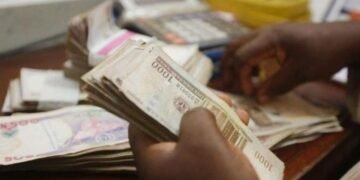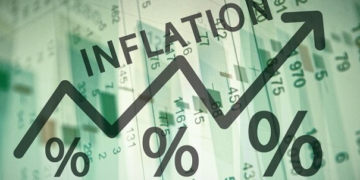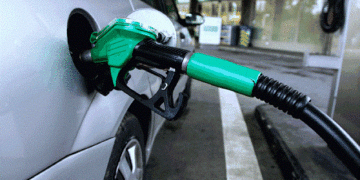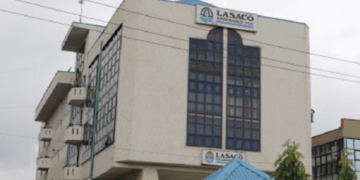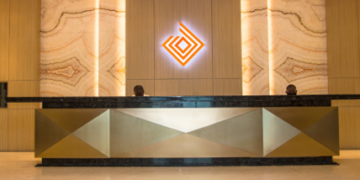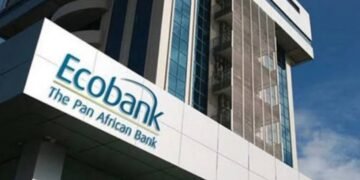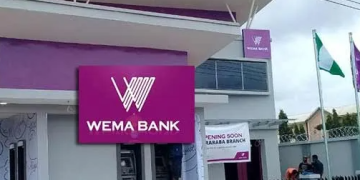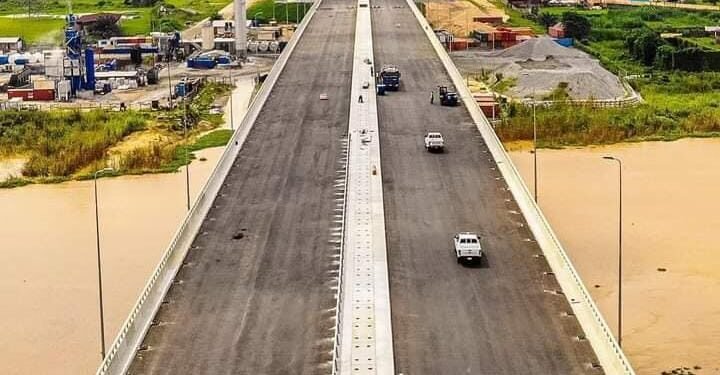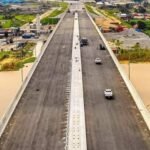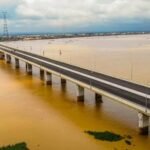On April 3, 2022, the Minister of Finance, Budget and National Planning, Mrs Zainab Ahmed, and the Managing Director of Nigerian Sovereign Investment Authority, Uche Orji, in the company of the Deputy Governor of Anambra State, Gilbert Ibezim inspected the progress of work at the Second Niger Bridge project site.
Speaking after the inspection, she said:
“Today is a very significant day in the construction circle of the Second Niger Bridge. This is one of the most iconic projects in the country. It was costed at an initial contract cost of N205bn.
“Today, we have been able to fund this project with N157bn and I’m here to see where all this money is going. Also, the significance of today is that the two ends of the bridge are being put together and this is the final phase of the work.
Speaking on the funding structure of the project, Orji said the Second Niger Bridge is one of the three projects being funded from the Presidential Infrastructure Development Fund, PIDF.
- Read also;
- Who is funding the 2nd Niger Bridge – Part 1
- Mutual Benefits Assurance Plc reports N3.53bn profit for H1 2022
Orji said: “The PIDF is a special fund set up by President Buhari managed by the NSIA. The NSIA brought some of its own capital and the capital provided by the federal government and the capital from returned loot of Sani Abacha.’’
On May 17, 2018, President Muhammadu Buhari approved the establishment of a Presidential Infrastructure Development Fund (PIDF), which is being managed by the Nigeria Sovereign Investment Authority (NSIA), and invested specifically in critical road and power projects across the country.
The aims of the initiative is to eliminate risks of project funding, cost variation and completion that have plagued the development of the nation’s critical infrastructure assets — such as the 2nd Niger Bridge, Lagos to Ibadan Expressway, East—West Road, Abuja to Kano Road, Mambilla Hydroelectric Power — over the last few decades.
On the same day the PIDF was established, the National Executive Council (NEC) authorised the initial transfer of $650 million dollars to the NSIA from the Nigeria Liquefied Natural Gas (NLNG) Dividend Account, as seed funding for PIDF.
In its 2018 Annual report reviewed by Investogist, NSIA stated that it received US$650 million from the National Economic Council (NEC) as contribution for the Presidential Infrastructure Development Fund (PIDF) and commenced capital deployment across three of the major road projects under the PIDF, including
2nd Niger Bridge, Lagos-Ibadan Expressway, and Abuja-Zaria-Kaduna-Kano Road.
The US$650 million was the first tranche of funding for the US$8.1 billion Presidential Infrastructure Development Fund (PIDF), for which NSIA was appointed as the fund manager by the government in 2017.
The annual report stated that the Authority commenced the operationalization of PIDF, whose funding was to be met by the Federal Government, NSIA and third-party capital to be raised by NSIA. It said that approximately 50% of the US$650 million transferred to it by FG had been invested by the end of 2018.
The US$650 million was exchanged at the rate of N325/US$ by the Central Bank of Nigeria, amounting to NGN211.25 billion.
In 2018, NSIA invested US$260 million (NGN84.50 Billion) under the PIDF. Project portfolio includes Abuja-Kano Road, Lagos-Ibadan Expressway, Second Niger Bridge, East-West Road, and Mambila hydropower.
In it’s 2019 Annual report, NSIA stated that as at the end of 2019, 30% of the civil works on the bridge have been completed. By the end of 2019, the deck which spanned across the piles was being pushed through using the incremental launch system from the western approach of the bridge.
In 2019, NSIA deployed N181.90 billion across the three PIDF road and bridge construction projects: Second Niger Bridge, Lagos Ibadan Expressway and Abuja-Zaria-Kaduna-Kano Road {Another section of the report stated that NSIA deployed N208.20 billion for the same projects}.
The 2019 annual report stated that a total of USD$100 million was withdrawn from the DMO fund in order to fund the Second Niger Bridge Project and Lagos/Ibadan expressway project on the authority of the Federal Government.
In it’s 2020 Annual reports, NSIA stated that it disbursed approximately ₦92.2 billion towards the construction of the PIDF’s priority toll-road projects – Lagos-Ibadan Expressway, Abuja – Kano Road and Second Niger Bridge.
In the 2020 report, NSIA confirmed that the construction of the Second Niger Bridge was ongoing and is scheduled for completion in 2022.
NSIA went further to confirm that access s roads to the Second Niger Bridge, 2A and 2B, were added to the PIDF portfolio, since these roads will enhance the viability of the Second Niger Bridge project.
The PIDF got another fund injection in 2019, by way of repatriated funds.
On 9 March 2021, the Government of the United Kingdom and the Nigerian Federal Ministry of Justice signed an agreement
announcing the planned return of the sum of £4.2 million to Nigeria which was recovered from the family and friends of a former Governor of Delta State, Mr. James Ibori, who was convicted of corruption charges in the U.K. in 2012.
NSIA annual report stated that the Federal Executive Council had directed that the repatriated funds be deployed towards the completion of the Second Niger Bridge (2NB), Abuja-Kano Expressway (AKK), and the Lagos-Ibadan Expressway (LIE) under the coordination of the Nigeria Sovereign Investment Authority (NSIA).
In the 2021 Annual report, NSIA stated that a total of USD$100 million was withdrawn from the DMO fund in order to fund the
Second Niger Bridge Project and Lagos/Ibadan expressway project on the authority of the Federal Government.
From all indications, it is likely that after many promises which dates back to President Shehu Shagari, a Second Niger Bridge would finally be opened to traffic, with the bridge having been completed by the Muhammadu Buhari Presidency.
Nnamdi Maduakor is a Writer, Investor and Entrepreneur









